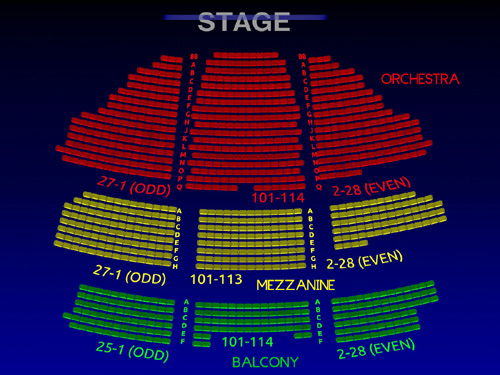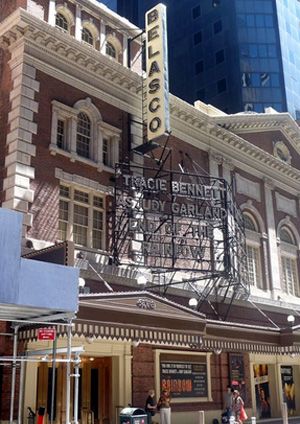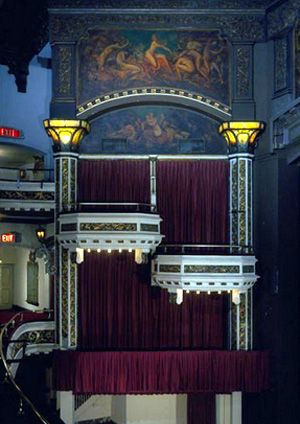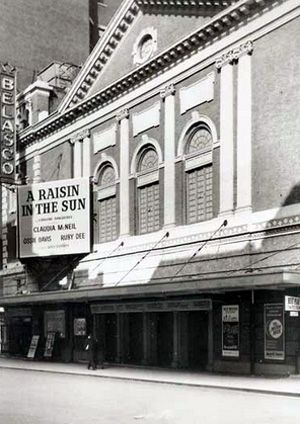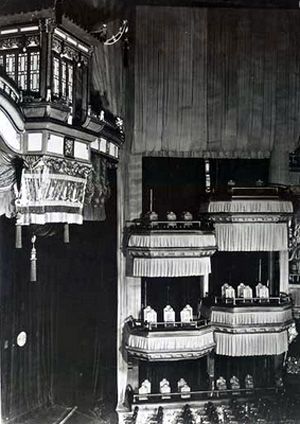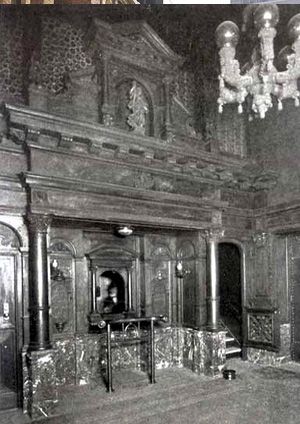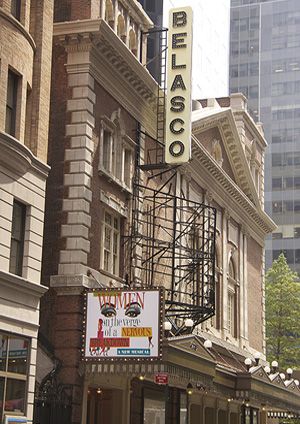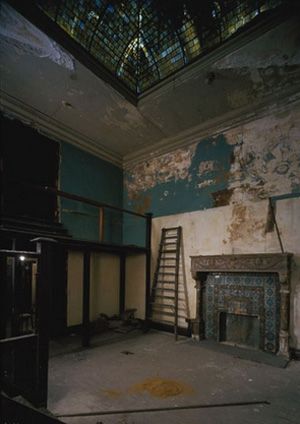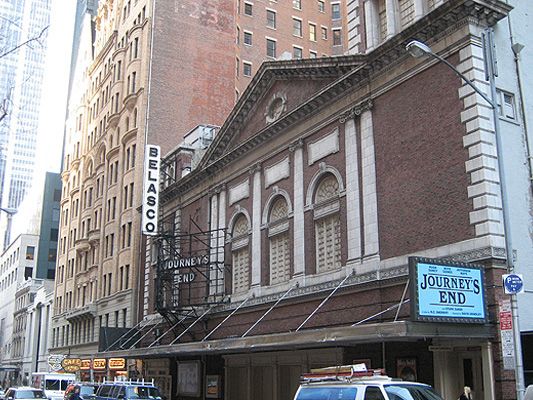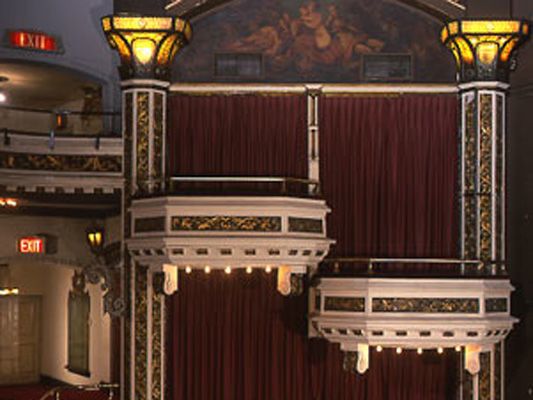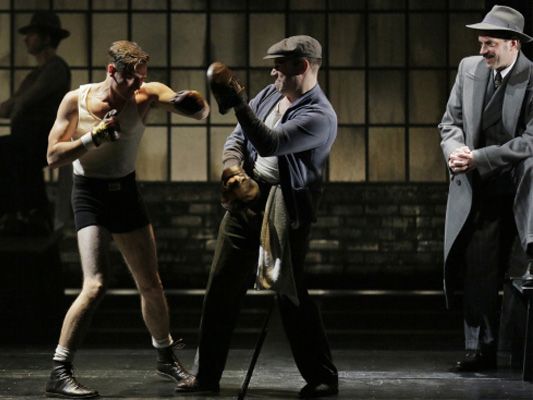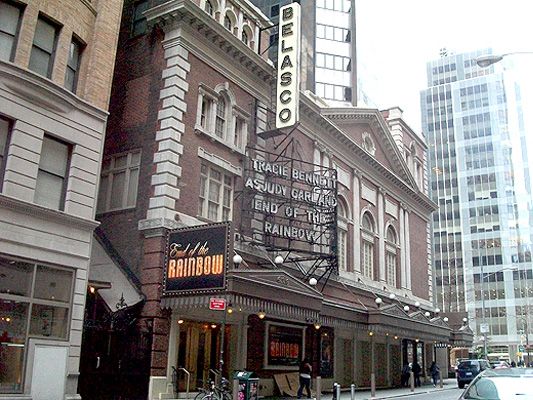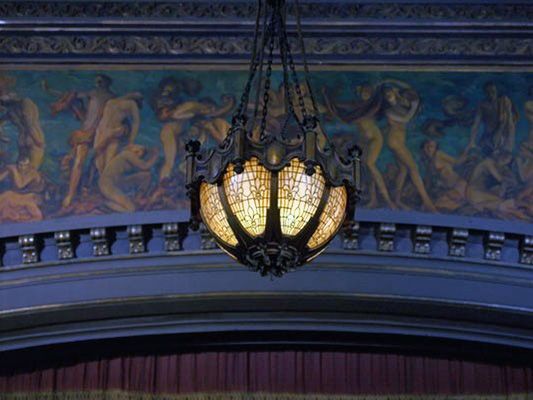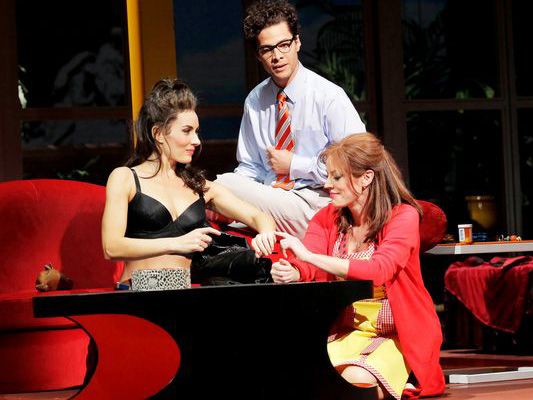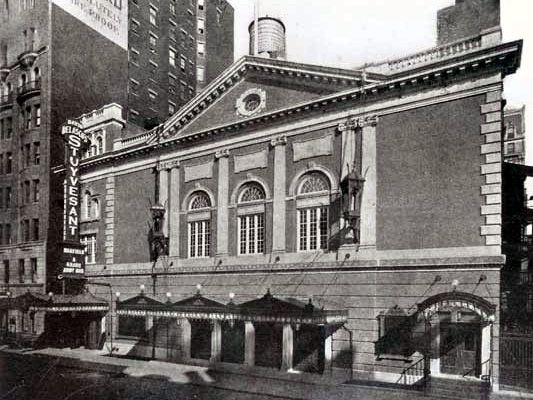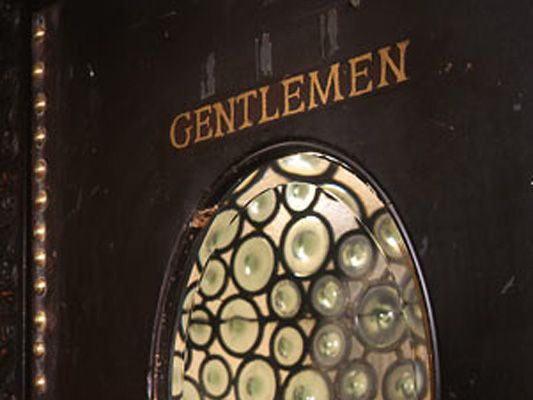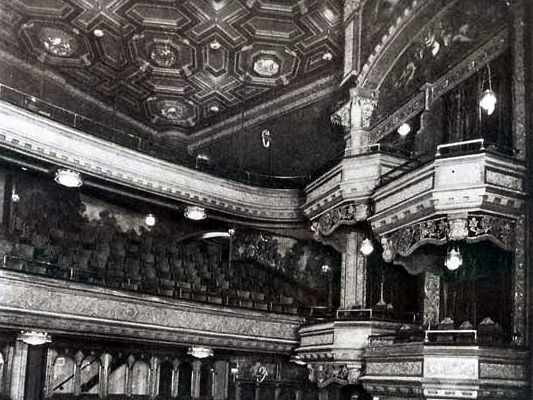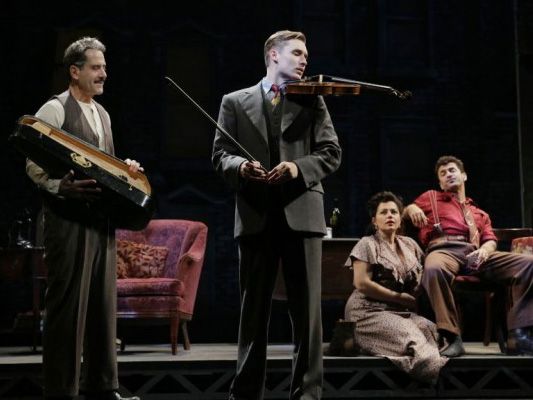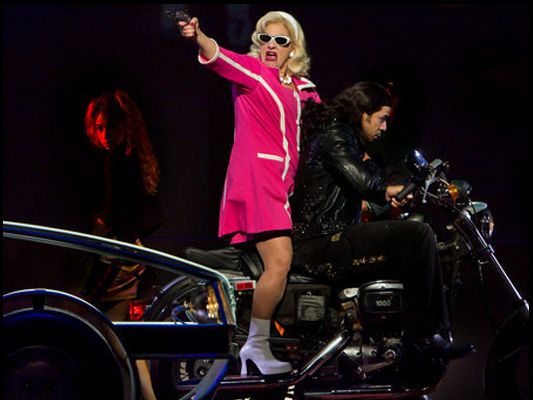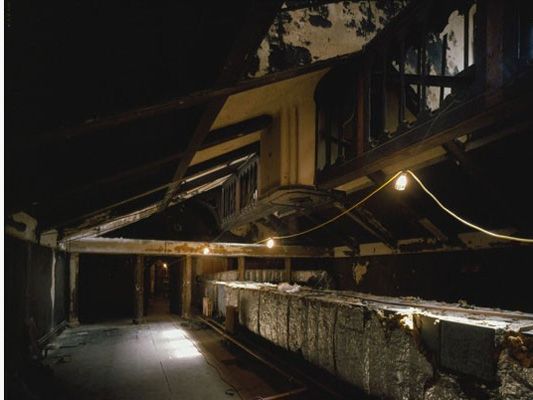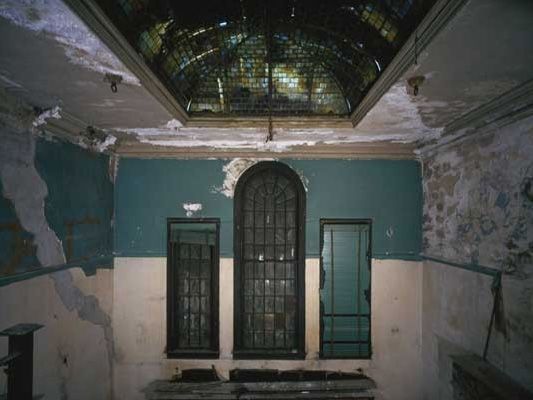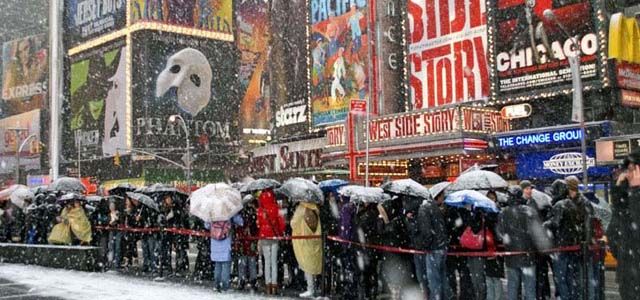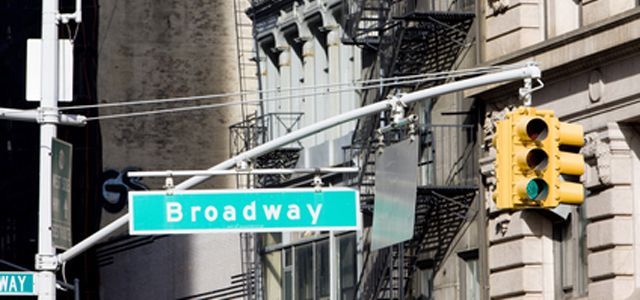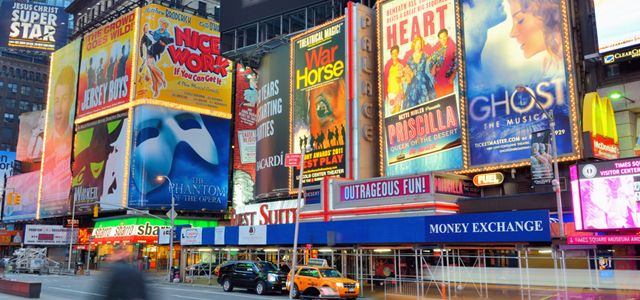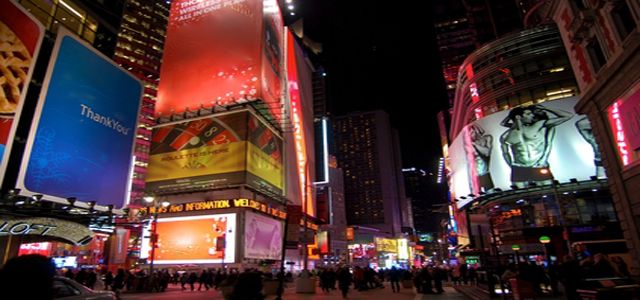The Belasco Theatre
In October 1907, David Belasco opened the Belasco Theatre as the Stuyvesant. Belasco had already bestowed his name on his 42nd Street theatre, which is now the New Victory. In 1910, when he gave up the 42nd Street Theatre, he renamed the Stuyvesant the Belasco. He lived in a duplex apartment above the theatre that was designed in the style of a Gothic church. After his death, the theatre was believed to be haunted by Belasco’s ghost until it was banished by the racy production of Oh Calcutta!
Productions of Note
The Belasco opened in 1907 with A Grand Army Man. The cast included Antoinette Perry for whom the Tony Awards were named. Over the next twenty years, David Belasco produced, directed, and even wrote almost fifty shows. Noteworthy productions include The Warrens of Virginia (1907) starring Cecil B. DeMille and Mary Pickford, and It’s a Wise Child (1929) with Humphrey Bogart. After Belasco’s death in 1931, the theatre changed ownership numerous times. The Belasco was home to the groundbreaking Group Theatre in the late 1930s. The Group included celebrities such as Stella Adler and Sanford Meisner. The 1940s saw John Barrymore’s final bow on Broadway at the Belasco in My Dear Children (1940), followed by Judy Holliday’s performance in Kiss Them for Me in 1945. It was in this production where her talents as an exceptional performer were recognized.
The Belasco Theatre was used as a radio playhouse for NBC for four years before it returned to housing legitimate theatrical Broadway productions in 1953. Its first legitimate production after its four-year hiatus was The Solid Gold Cadillac (1953) with Josephine Hull. Notable productions of the 1960s and 1970s were All the Way Home (1960) starring Arthur Hill, Lillian Gish and Colleen Dewhurst, Oh Calcutta!, the nude revue (1971), and Rocky Horror (1975). The Belasco housed Tony Randall’s National Actors Theatre in the 1990s. Two highly praised British imports were also featured at the Belasco in the 1990s: Hamlet (1995) with Ralph Fiennes and A Doll’s House (1997) with Janet McTeer. Stephen Sondheim’s first revival of Follies took place at the theatre in 2001, followed by Terrance McNally’s Frankie and Johnny in the Clair de Lune (2002) with Edie Falco and Stanley Tucci. More recent productions include Julius Caesar (2005) starring Denzel Washington and the revivals of Awake and Sing! (2006) and Journey’s End (2007).
Belasco’s Vision
David Belasco envisioned the auditorium of his theatre as a living room, and so the auditorium’s depth is shallow. He was an advocate of the “Little Theatre” movement, and therefore he believed that the theatrical experience depended partly on the closeness of the audience to the actors. George Keister was hired to design the theatre and Everett Shinn was appointed to create murals and other interior design elements. Keister chose to design the Belasco in a neo-Georgian style, and it harmonized well with Belasco’s vision of theatrical intimacy.
He also emphasized the strong affect that lighting can have on emotion. The theatre now features a high-tech lighting board capable of creating captivating lighting effects. The interior of the theatre also presents Tiffany lighting and ceiling panels with cut stained glass and ornate woodwork.
Belasco would be Proud
Many patrons find a reason to return to the striking Belasco Theatre because of its intimacy and faintly gothic atmosphere. Even during its darker days, the Belasco had a splendid ambience. After a major renovation in 2010, the Belasco is considered to be the most stunningly lighted venue on Broadway. David Belasco would be proud to know that his “living room” vision and his appreciation of the emotional effects of lighting still lives on today.

